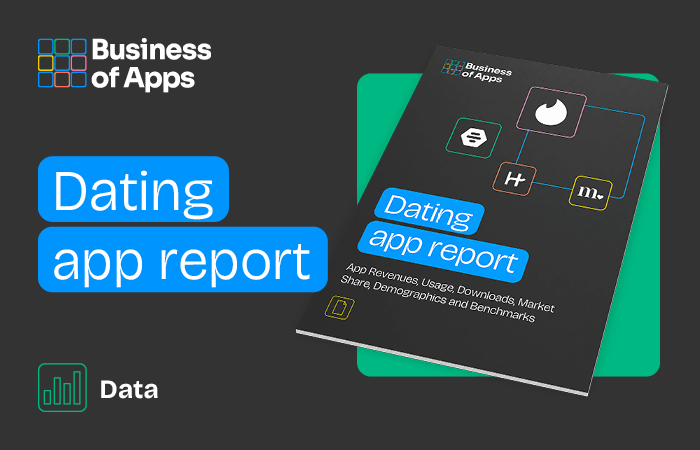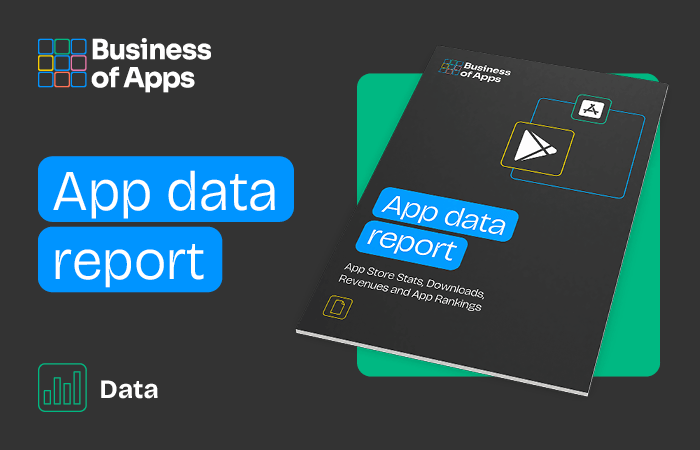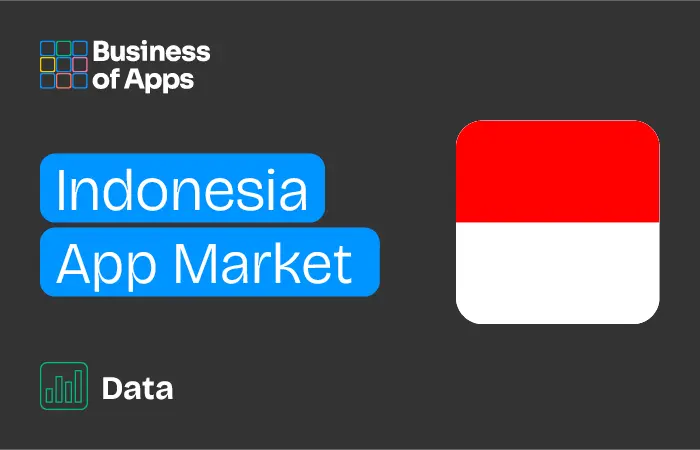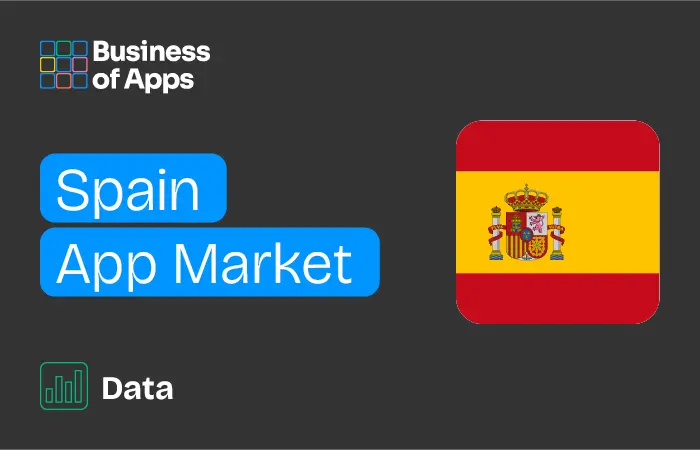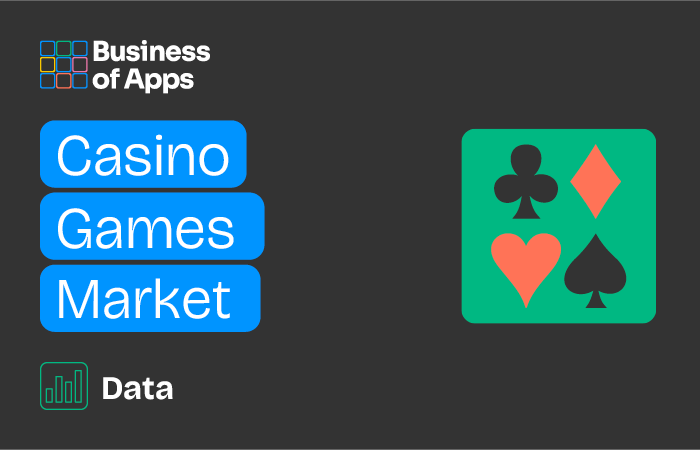App Benchmarks
Data points across the app growth funnel.
App Reports
Access our premium content and analysis.
App Market
Up to date app industry metrics and trends.
App Sectors
Drill down into individual app market verticals from Health & Fitness to On-Demand Delivery.
App Stats
Get the latest revenue and usage statistics for the top apps.
| App | Category | Revenue ($M) | Users (M) | Launch Date | |
|---|---|---|---|---|---|
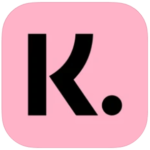 |
Klarna | Finance | 2291 | 85 | June, 2005 |
 |
TripAdvisor | Travel & Local | 1788 | 294 | February, 2000 |
| Badoo | Dating | 205 | 45 | November, 2006 | |
 |
Max | Video | 7700 | 95.8 | May, 2020 |
| Subway Surfers | Games | 5 | 28 | May, 2012 |
Business of Apps is a leading authority on the app industry
"Daily active users of BeReal, last year’s social media app sensation, are down nearly 50 per cent from their high point, according to data from Business of Apps."
"That’s still well below the 270 million people using Microsoft Teams every month, or the 20 million people using Slack, according to an estimate from Business of Apps."
"Duolingo, the popular language-learning app that is used by more than 34 million people daily according to Business of Apps, is exploring ways to incorporate Puerto Rican Spanish into some features"
"BeReal is growing rapidly. The vast majority of its lifetime 28m downloads happened this year, according to Business of Apps."
" Today roughly 350m people around the world have a dating app on their phone, up from 250m in 2018, according to Business of Apps, a research firm."
"In case you haven't heard of it, TikTok is a video-sharing app that lets users create and share 15 – 60-second clips set to music or sound bites. Most of its users are reportedly under the age of 30, according to Business of Apps."
"In 2016, Eats controlled 5% of the US food-delivery market, while Grubhub held 70%, according to data compiled by Business of Apps."
"As of 2023, the iPhone (which was released nearly two decades after Apple released its first computer) is Apple's current top-earning product, making 52% of its revenue, according to Business of Apps."
"Adding game-like micropayments could help Tinder, which has around 75 million active users but only 10.5 million paying subscribers, according to Business of Apps, opens new tab."
"By comparison Instagram took 15 months to reach 30 million downloads, while TikTok reached the milestone in just under two years. But the early numbers are still dwarfed by the 368 million users who visit Twitter daily, according to the Business of Apps."
"Is the shine wearing off BeReal? Interesting data out this week from Business of Apps indicates that BeReal may have already peaked."
"As of January this year, Paramount+ had over 55 million users and Disney+ had over 161 million. It allows them to receive money every month from users and tap into a market that is projected to be worth $115 billion by 2026, according to Business of Apps."
"Apps are incredibly useful, but you should always delete the ones you don’t use as they can be a security risk. 'Apps are the entry point for many of the most popular services available today,' explains David Curry, data editor of Business of Apps"
"Uber Eats and Postmates make navigating and ordering from your restaurant easy. Both apps work with over 825,000 restaurants across, according to Business of Apps, which is the most number of restaurants a food delivery service on this list works with."
"According to the BusinessOfApps, Apple sold 114 million AirPods in 2020 – that’s up from 15 million in 2017. These huge sales make it somewhat surprising that Apple has yet to give the original AirPods a significant refresh since their launch back in September 2016."
"Netflix, which had 220.6 million subscribers worldwide In 2022, per Business of Apps, can pivot into cloud gaming and generate new opportunities for user engagement and in-game advertising without disturbing its core business."
"The company has also seemingly achieved its advertiser-friendly aspirations, generating an all-time high of $31.5 billion in ad revenue for 2023 according to a Business of Apps report. So far this year, YouTube reported $8.1 billion in revenue for Q1 2024, a 21% YoY increase from the previous Q1."
"Indeed, according to data from Business of Apps, while Tinder still holds the market share in the U.S. (27%) Bumble is only just behind (26%)."
"Mobile apps are nothing if not intertwined with most Americans' daily lives. It's no surprise then, that by 2021, the number for total mobile app downloads is expected to reach 352.9 billion per year, according to a Business of Apps report."
"Cash App, a peer-to-peer payment service owned by Block, Inc., boasts more than 44 million monthly active users, according to Business of Apps. Cash App is nearly as large as Venmo, PayPal's equivalent peer-to-peer service, despite being launched four years later."
"If these features do indeed come to Bumble in the future, they will impact the experience of millions. Indeed, according to data from Business of Apps, while Tinder still holds the market share in the U.S. (27%) Bumble is only just behind (26%)."





